As at-home whitening devices become more widespread, the home treatment risks cannot be overlooked: improper usage, mismatched formulations and devices, and inadequate brush-head design often leave behind stubborn stain residues. Over time, these residual pigments—through repeated brushing friction and chemical exposure—can significantly increase the gum recession risk, posing serious long-term oral health challenges.
First, home whitening appeals due to its convenience:
Because of these blind spots, surface stains may clear while deeper pigment pockets remain untreated.
Next, common home treatment risks stem from user technique errors:
These gaps allow residual stains to persist in hard-to-reach areas.Company web: https://www.powsmart.com/product/electric-toothbrush/
Furthermore, home systems face technical constraints:
As a result, only surface discoloration is removed, while deeper stains remain.
Worse, lingering pigments contribute to gum recession risk by:
Therefore, failed stain removal directly amplifies recession danger.
To address these challenges, B2B manufacturers can implement:
This hardware-software synergy maximizes stain clearance and minimizes gum damage.
Finally, for ongoing innovation, B2B partners should consider:
By uniting technological upgrades, process improvements, and professional support, B2B manufacturers can deliver truly effective, residue-free home whitening solutions that protect both enamel and gums.
Conclusion
While home whitening offers convenience, ignoring best practices and device limitations risks stain residues that accelerate gum recession risk. B2B manufacturers should address maintenance complexity and battery degradation pain points through smart device features and professional support, ensuring end users enjoy safe, thorough whitening results. Contact us to develop advanced home-care whitening systems that leave no stain behind.
-2-1024x576.png)
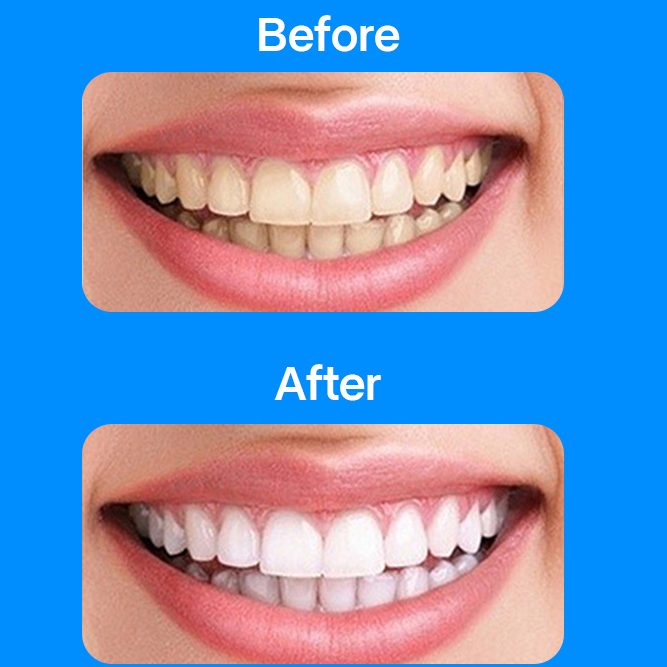


How Can Voice Electric Toothbrush with Multi-Language Prompts Open Up the Silver-Haired Market?
Explaining the Teeth Whitening Device and How to Use It?
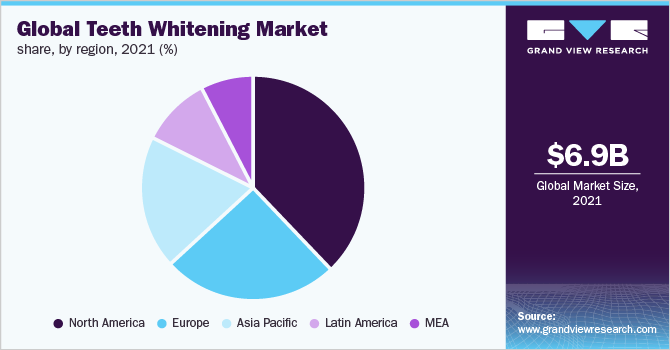
Analysis of Differences in Preferences for Teeth Whitening Devices in the European and American Markets vs. Asian Markets

Can an Electric Toothbrush Help Relieve Tooth Sensitivity?

Chicago ADA toothbrush or Chicago clinic toothbrush — which to buy?
Why Does Whitening Efficacy Decline Trigger Pulse Intensity Spikes?
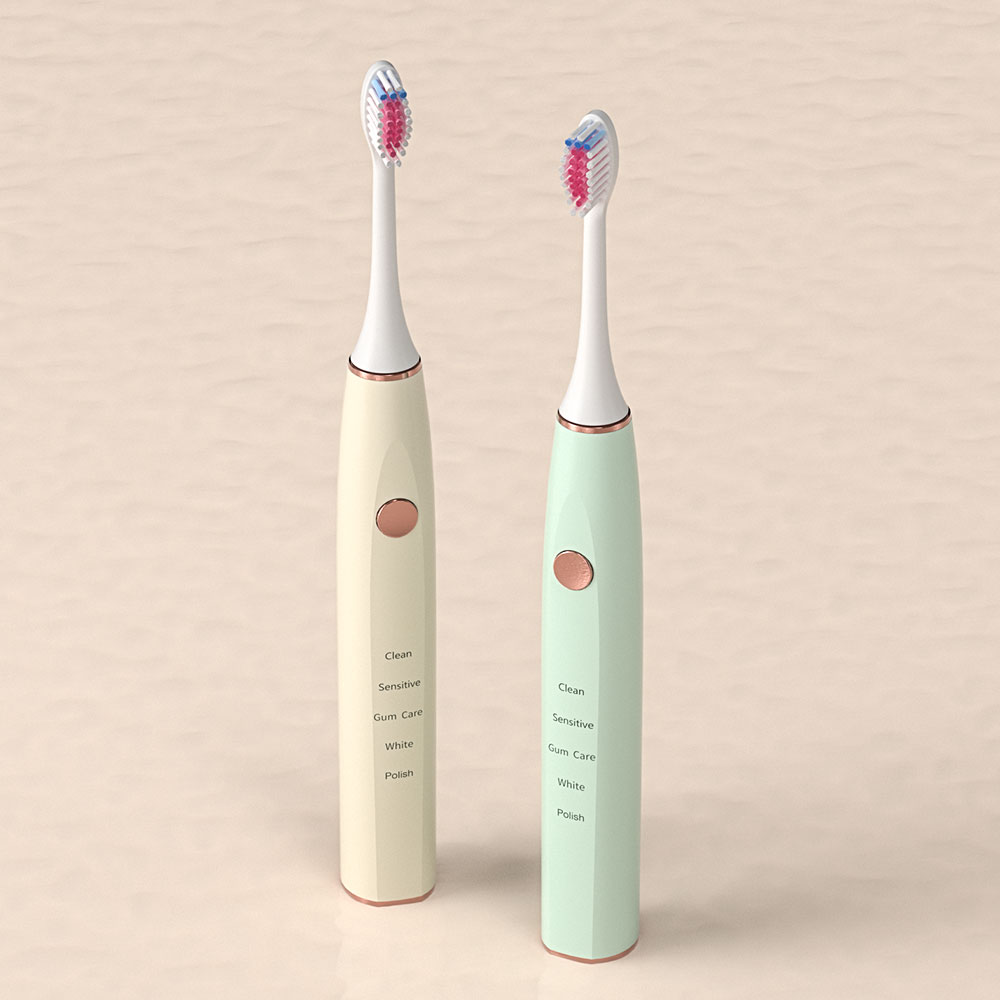
How much does it cost to manufacture a toothbrush?
.jpg)
Gentle Oral Care Products for Sensitive Gums: A Guide for Brands Seeking the Right Manufacturer
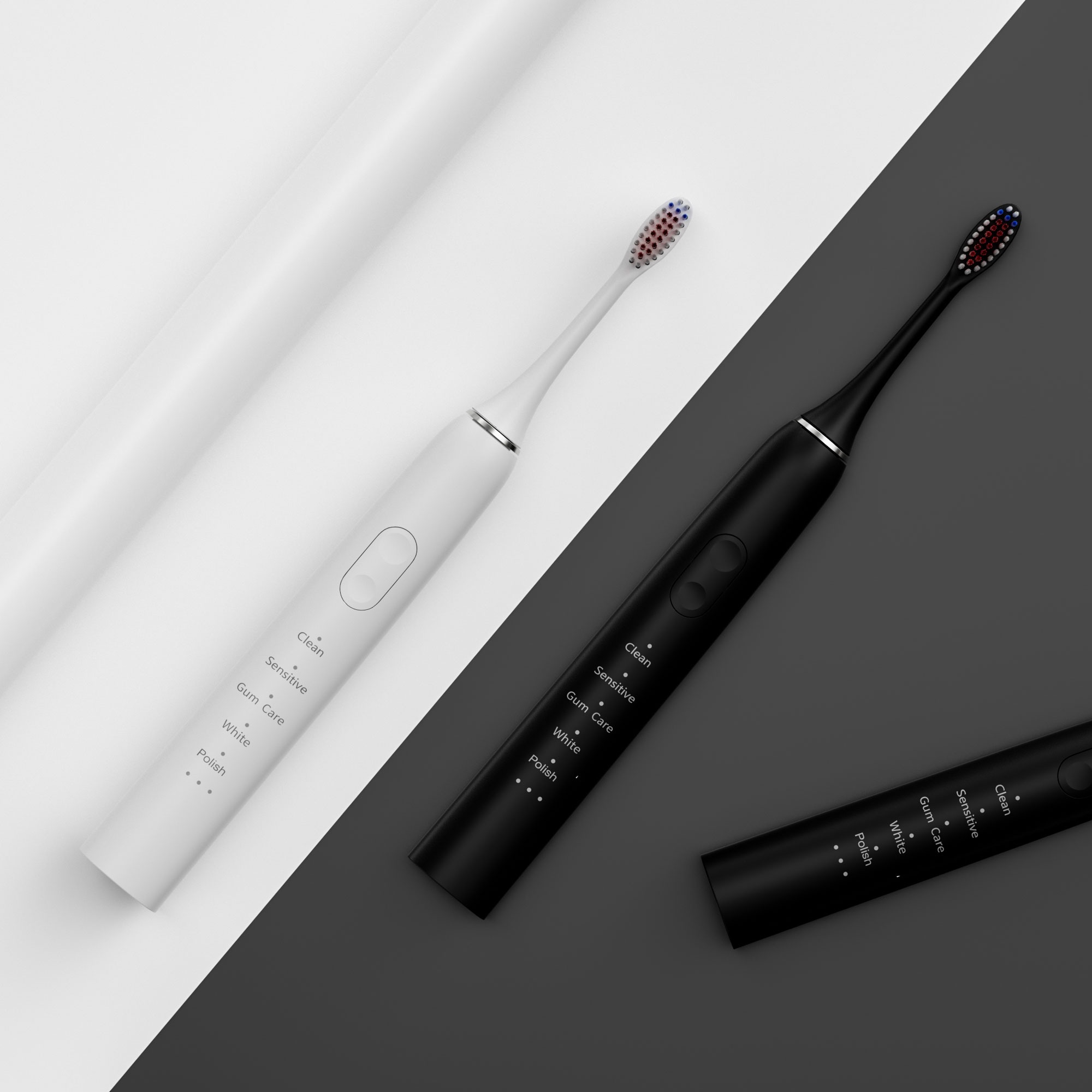
What types of batteries are currently available for electric toothbrushes?
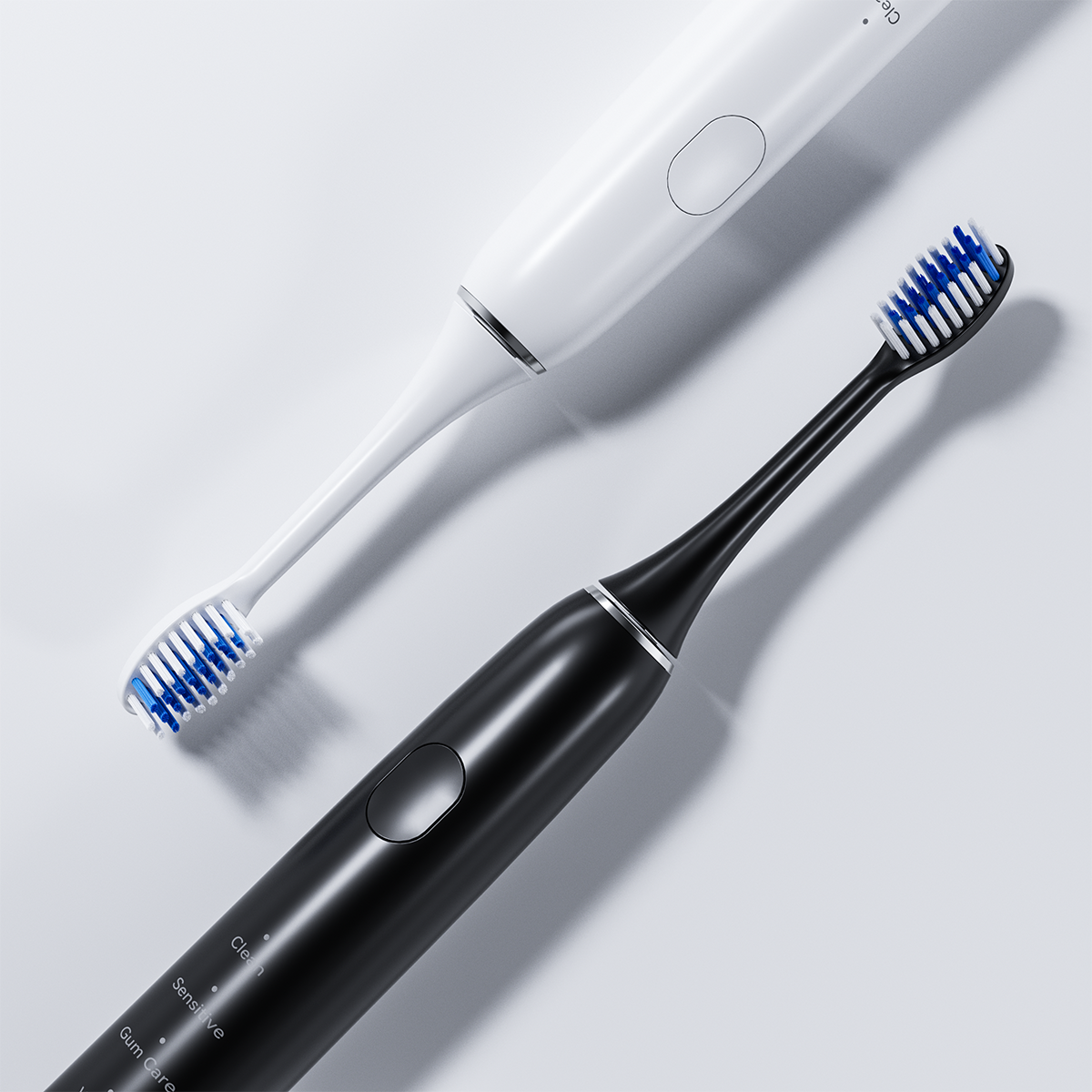
Waterproof & Fast Charging? Inside High-End electric Toothbrush Charging Stations
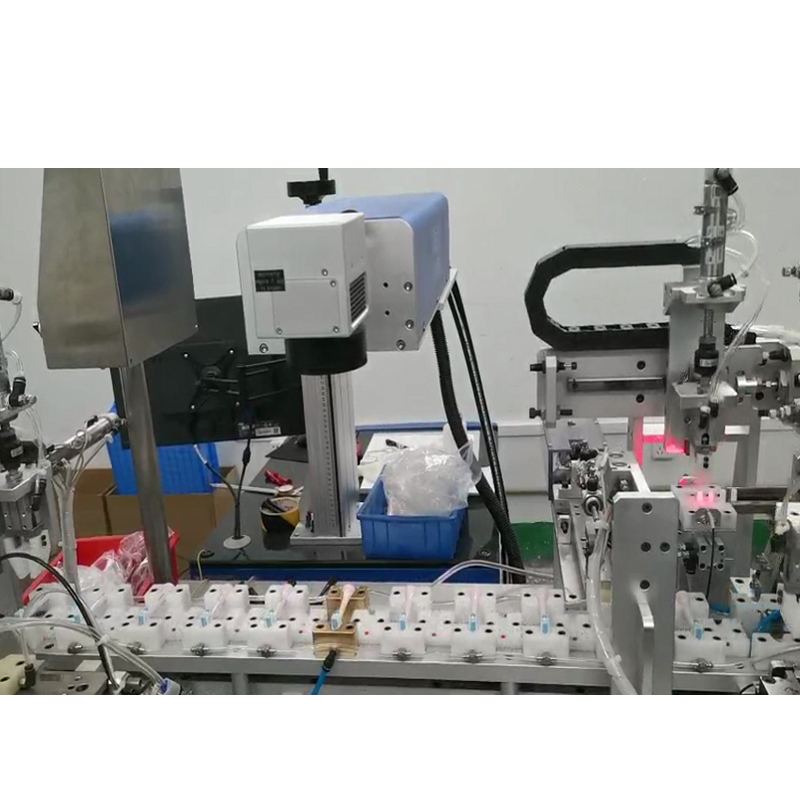
Electric Toothbrush Production Process Diagram: Complete Process from Injection Molding to Assembly and Key Points of Quality Inspection
.jpg)
Real-Time Brushing Tracking: How Smart Toothbrushes Improve Oral Care
Luxury Gold Plated Electric Toothbrush Wedding Gift Surat
Occlusal Interference Plus Jaw Fatigue – Design Flaw?

Wavelength of Whitening Teeth Device Blue Light (460–490nm) and Red Light (620–660nm)Configuration Guide

Can Blue Light Teeth Whitening Devices and Whitening Gels Be Used During Pregnancy?

electric toothbrush heads Deep Clean

Private Label Whitening Gel
.jpg)
Florida Electric Toothbrush – Powsmart PTR-C8

electric toothbrush heads Regular Clean

Customization Teeth Whitening Gel

electric toothbrush heads Ultra Soft

Electric toothbrush heads Charcoal Infused-Diamond

electric toothbrush heads Charcoal Infuse-Round
whstapp
whstapp
National Toll-Free Service Hotline
+86 755 86238638